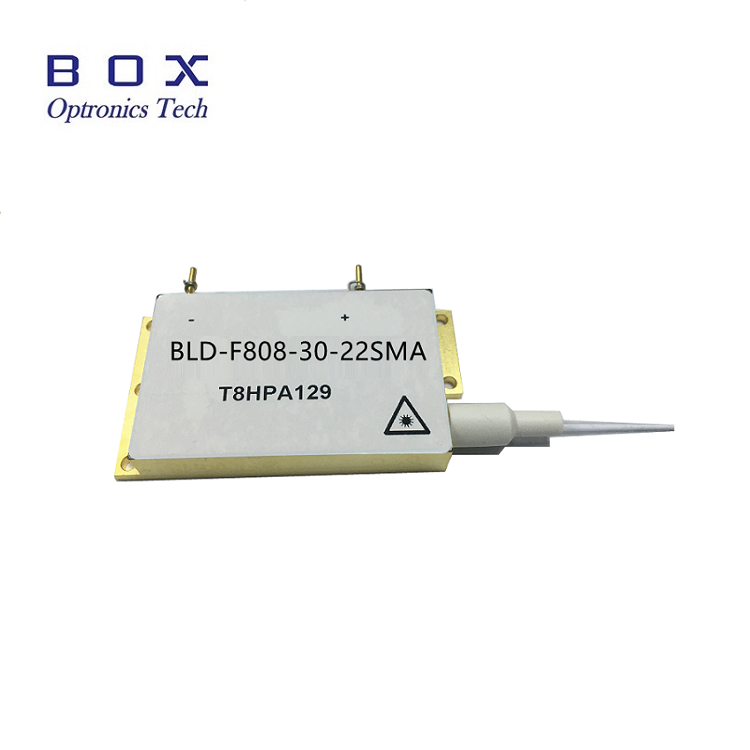Understanding the Impact of Modal Dispersion and Modal Noise on Multimode Fiber Coupled Laser Diode Systems
2024-05-14
In the realm of optical communication, multimode fiber coupled laser diode systems are prized for their ability to transmit multiple modes of light simultaneously, offering increased bandwidth and efficiency. However, these systems are not without their challenges. Two significant factors that can significantly impact their performance are modal dispersion and modal noise. In this blog, we delve into these phenomena, exploring how they affect the operation and reliability of multimode fiber coupled laser diode systems.
Modal Dispersion: A Barrier to Signal Integrity
Modal dispersion occurs when signals transmitted through different modes of a multimode fiber propagate at different speeds. This discrepancy in propagation times leads to spreading or smearing of the optical signal at the receiving end, ultimately degrading signal integrity. The primary causes of modal dispersion include variances in refractive index profiles and geometric imperfections within the fiber.
The impact of modal dispersion on multimode fiber coupled laser diode systems is profound. As signals travel through the fiber, they experience varying delays, causing distortion and pulse broadening. In high-speed data transmission applications, modal dispersion limits the achievable data rates and imposes constraints on the maximum transmission distance. Moreover, modal dispersion becomes more pronounced as the bandwidth of the transmitted signals increases, exacerbating its detrimental effects.
Mitigating modal dispersion requires careful consideration of system design and deployment strategies. Techniques such as mode conditioning, which ensures uniform launch conditions for all modes, and the use of graded-index fibers, which reduce modal dispersion by varying the refractive index profile, are commonly employed. Additionally, advanced signal processing algorithms and dispersion compensation methods are utilized to mitigate the effects of modal dispersion and enhance signal quality.
Modal Noise: Unraveling the Challenges of Interference
Modal noise, also known as modal interference noise, arises from the random phase differences between the various modes propagating through a multimode fiber. As these modes interfere with each other at the receiver, fluctuations in signal intensity occur, leading to noise-induced performance degradation. Modal noise is particularly problematic in short-link multimode fiber systems, where the effects of mode coupling and bending-induced mode excitation are more pronounced.
The impact of modal noise on multimode fiber coupled laser diode systems manifests as fluctuations in received power levels and increased bit error rates. These fluctuations can significantly degrade the quality of communication signals, leading to transmission errors and reduced system reliability. Modal noise becomes especially critical in high-speed data transmission applications, where even small fluctuations in signal intensity can result in significant performance degradation.
Addressing modal noise necessitates a combination of preventive measures and mitigation techniques. Proper fiber handling and installation practices, such as minimizing bending and ensuring consistent modal launch conditions, help reduce the incidence of mode coupling and excitation. Additionally, employing modal scramblers, which randomize the phase relationships between modes, can effectively mitigate the effects of modal noise and improve system performance.
Conclusion:
Modal dispersion and modal noise pose significant challenges to the performance and reliability of multimode fiber coupled laser diode systems. By understanding the underlying mechanisms of these phenomena and implementing appropriate mitigation strategies, network operators can enhance signal integrity and optimize system performance. As the demand for high-speed, high-capacity optical communication continues to grow, addressing modal dispersion and modal noise will remain crucial for unlocking the full potential of multimode fiber coupled laser diode systems in enabling next-generation communication networks.



